Rosacea is a common skin condition that causes redness and bumpy skin across the face, usually affecting the cheeks, nose, and forehead. It can also spread to the upper parts of the body such as the neck and chest. It can feel uncomfortable, and it can also affect self-esteem and make you feel more conscious of your appearance.
It most often develops in women aged between 30 and 60 with fair skin, although it can affect people of all ages,genders, and skin types. The redness may recede and be made worse with certain triggers. Many people find that exposure to hot temperatures, for example in the shower, makes their condition worse.
Rosacea flare-ups can also be triggered by spicy foods, hot drinks, vigorous exercise, stress, and alcohol. The exact causes are unknown, although there is some evidence that it may be caused by a tiny mite that lives in the skin and is found in greater numbers in people with rosacea.
In the winter, the symptoms may become worse as central heating and cold air tends to dry out skin. It may be more tempting to linger in a hot shower on a cold winter morning, but keeping the temperature cool can help to manage symptoms. Caffeine may also cause a flare up, so consider replacing tea or coffee with another beverage.
During the festive season we may be tempted to drink red wine to accompany Christmas dinners, but sticking to lighter sparkling wine can help to keep facial flushing at bay. Generally, lighter coloured alcohol with fewer tannins such as gin and white wine will be less aggravating for your skin.
The reason that the skin appears red and flushed during a flare up of rosacea is enlarged blood vessels, which can sometimes cause broken red veins that are visible on the surface of the skin.
How can rosacea be treated?
There is no cure for rosacea, but the symptoms can be managed by avoiding the triggers described above. If you are severely affected, then your doctor will be able to prescribe a topical gel or cream that can help to reduce the symptoms. Avoid using harsh skincare products such as scrubs and peels, as this can cause further inflammation.
If you have persistent redness caused by visible thread veins on your face, you may wish to consider an advanced treatment at a laser skin clinic. For example, laser light therapy is a safe and effective process for removing red veins.
The treatment works by precisely directing light energy to the affected area, so that the blood vessels are heated and destroyed. They will then be reabsorbed into the bloodstream, leaving little or no trace. The process is suitable for most people, although it has the best results in those with fair skin.
The treatment takes about 15 to 45 minutes, and may feel mildly uncomfortable but there are no lasting side effects. It may be necessary to repeat the procedure three to five times for best results.
